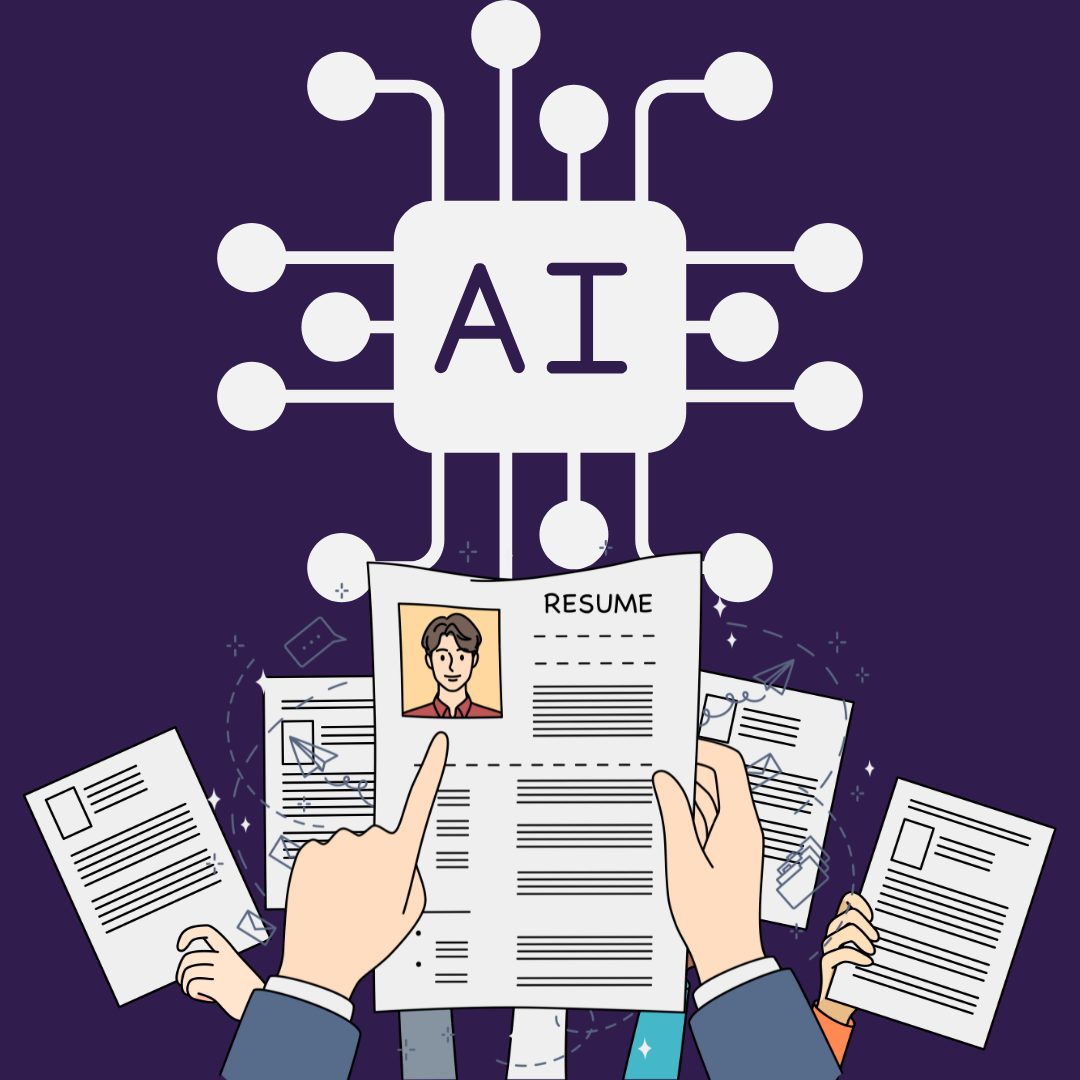In today’s competitive job market, recruiters face overwhelming volumes of resumes for every open position. Traditional manual screening methods are labor-intensive and prone to bias, often leading to inefficiencies in the hiring process. This is where AI-powered automated resume screening comes into play, revolutionizing recruitment by leveraging cutting-edge technology to streamline candidate selection.
What Is Automated Resume Screening?
Automated resume screening involves using AI-driven tools and software to analyze resumes against predefined job criteria. These tools, often integrated into Applicant Tracking Systems (ATS), identify the most relevant candidates by matching keywords, qualifications, and skills outlined in job descriptions.
Key Benefits of Automated Resume Screening
- Efficiency in Screening Large Volumes
Automated systems can process hundreds of resumes in minutes, significantly reducing the time to hire. For example, a recruiter managing multiple positions can prioritize qualified candidates faster using an ATS resume checker or CV screener. - Reduced Bias in Hiring
AI eliminates unconscious biases by focusing solely on objective data, such as skills and experience. This promotes fairer hiring practices and improves workplace diversity. - Cost-Effectiveness
By automating repetitive tasks, companies save on recruitment costs. Tools like Resumes Ranker ensure quality candidate identification without the need for large recruiting teams. - Improved Candidate Matching
Advanced resume screening software uses algorithms to evaluate nuanced qualifications, such as years of experience, certifications, and industry-specific skills. This ensures that only the most suitable candidates proceed to the interview stage. - Integration with Talent Acquisition Tools
Many automated systems pair seamlessly with other recruitment tools, such as pre-employment assessment platforms, enabling a comprehensive evaluation of candidates.
How Does Automated Screening Work?
Automated screening tools typically operate in the following stages:
- Parsing Resumes: The software extracts key information, such as education, skills, and work history.
- Keyword Matching: Resumes are scanned for specific terms related to the job, such as programming languages or industry certifications.
- Scoring and Ranking: Candidates are scored based on their alignment with job criteria, using tools like ATS CV checkers or ranking algorithms.
- Shortlisting: The top-scoring candidates are prioritized for the next recruitment stage.
Challenges in Automated Resume Screening
While automated systems have significant advantages, they also come with challenges:
- False Negatives and Positives
Candidates may be excluded if their resumes lack specific keywords, even if they are otherwise qualified. Conversely, keyword stuffing by applicants can result in irrelevant matches. - Bias in Algorithms
If not carefully designed, algorithms may inadvertently favor or exclude certain demographics, perpetuating biases present in historical hiring data. - Limited Contextual Understanding
Automated tools may struggle with non-standard resume formats or unconventional career paths, potentially overlooking strong candidates.
How Companies Are Addressing These Issues
To overcome these limitations, recruiters are combining automated screening with other methods, such as skills-based assessments and structured interviews. Tools offer comprehensive assessments that go beyond resumes, evaluating hard and soft skills, cultural fit, and cognitive abilities. Additionally, apps like Resumes Ranker are refining AI algorithms to improve contextual understanding and reduce biases.
The Future of Recruitment with AI
AI continues to evolve, with innovations such as predictive analytics and natural language processing further enhancing recruitment processes. Future applications may include:
- Sentiment Analysis: Assessing candidate motivation and enthusiasm through written application materials.
- Video Interview Analysis: Evaluating non-verbal cues and communication skills.
- Dynamic Job Matching: Continuously updating candidate profiles to match them with new opportunities.
Top Tools for Automated Resume Screening
If you’re looking to implement automated screening in your recruitment process, consider the following:
- ATS Systems: Tools like Greenhouse and Workday offer robust resume screening features.
- Standalone Resume Screening Software: Platforms such as Resumes Ranker and Zoho Recruit specialize in keyword-based resume filtering.
- Pre-Employment Assessments: Solutions like TestGorilla combine skills testing with automated screening for holistic candidate evaluation.
Conclusion: Finding the Right Candidates with AI
Automated resume screening is transforming recruitment by making it faster, fairer, and more efficient. Companies that embrace AI-driven CV screening software and resume rankers can gain a competitive edge by identifying the best talent while minimizing costs and bias. By integrating these tools with broader talent acquisition strategies, recruiters can ensure their hiring processes remain agile and future-proof.
For businesses looking to enhance their recruitment efforts, adopting these technologies is no longer optional—it’s essential. Whether you’re a small startup or a multinational corporation, AI is your ally in finding the right candidates for the right roles.
You can give automated CV screening a go now, click here to try for free!
